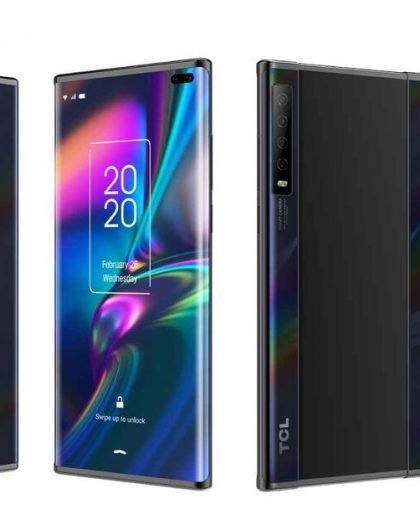I remember the month of June in 2009 to be extremely parching. The Monsoon was delayed for some reason and the fate of Air France Flight 447 stirred up Indian news channels for far too long. The commotion led them to miss an important ‘first’ that would eventually lead to the development of a new breed of phones.
It was the launch of the first Android phone in India. HTC Magic managed to bewitch the people who gave it a try. The software architecture of the phone was similar to Linux. Moreover, availability range of different applications gave its users a lot to talk about.
At the time of its launch, the phone was priced at Rs 29,990, which was quite expensive in comparison to phones that people usually bought. With 113 x 55 x 13.7 mm dimensions, the HTC Magic was smaller in size when compared to Androids today. It had a 3.2-inch display with a resolution of 320 x 480 pixels. Although the phone offered a Multi-touch capacitive touchscreen, it also had a trackball.
3G still wasn’t a popular network in India since a lot of contemporary phones did not offer multimedia services. HTC Magic supported this network through a Mini-SIM, instead of a regular one. It had an internal 512 MB ROM that could be expanded with a MicroSD card, up to 16 GB. The smartphone came in two variants. The PVT32A model featured 288 MB RAM and PVT32B was included 192 MB RAM. At that time, the availability of accelerometer and compass in the phone made it really intelligent. A 3.15MP rear camera helped grab 2048x1536 pixel images with the added benefit of autofocus.
HTC Magic was powered by Android Version 1.6 (Donut), the fourth version of the OS that was rolled out within a year of the first. It boasted features like the Multi-lingual speech synthesis engine that allowed Androids to speak a string of text that was entered. The gallery, camera, and camcorder were better integrated with instant access.
HTC was definitely a mean machine with a host of functions and advantages, which is why it sold more than a million units. It was a step above HTC Dream, the first Android smartphone in the world, which we will be talking about in the next blog. Check the blog section for more such interesting facts on mobiles and do’s and don’ts!










